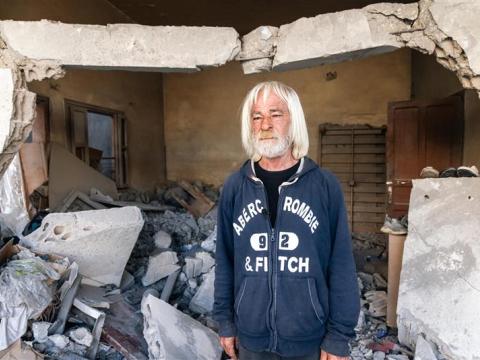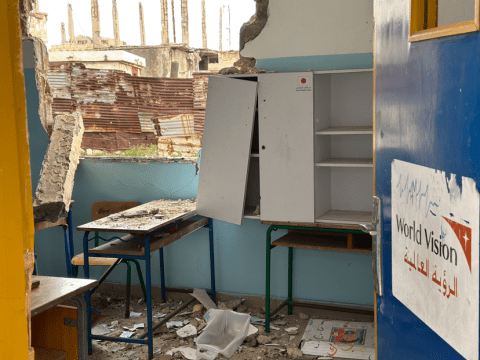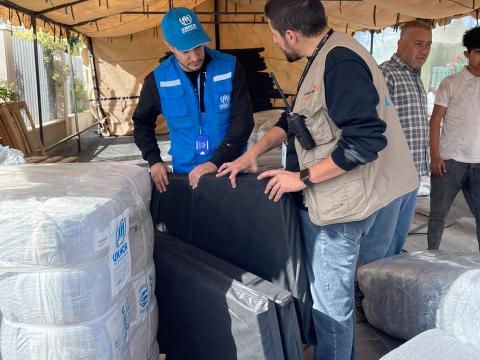Lebanon Response Sitrep #11
Download
The agreement on the cessation of hostilities has been extended until February 18. However, in the last week, at least 30 civilian casualties have been recorded. Access to over 70 villages in southern Lebanon remains restricted, preventing people from returning home and posing security risks for displaced populations attempting to rebuild their lives. Humanitarian actors continue to face significant access constraints, making it difficult to provide essential aid to affected communities. While the agreement continues to prevent a return to full-scale conflict, localised violence, military operations and security risks persist.
The humanitarian response remains strained, with significant funding gaps limiting aid distribution, infrastructure repairs and healthcare services. Food insecurity continues to rise, with 1.65 million people facing crisis-level food shortages and 201,000 in emergency conditions (IPC Phase 4). The destruction of agricultural land, market disruptions and logistical challenges are further deepening Lebanon’s economic crisis, affecting both displaced and host communities.
Despite the challenges, humanitarian actors are scaling up response efforts, repairing homes and shelters, providing warm clothes and heat, and restoring essential services. However, with only 58% of the 2024 Flash Appeal met, a sharp increase in funding is needed to meet growing humanitarian demands. Sustained diplomatic efforts and international support will be essential in preventing further deterioration and ensuring a comprehensive path toward recovery and peace in Lebanon.

